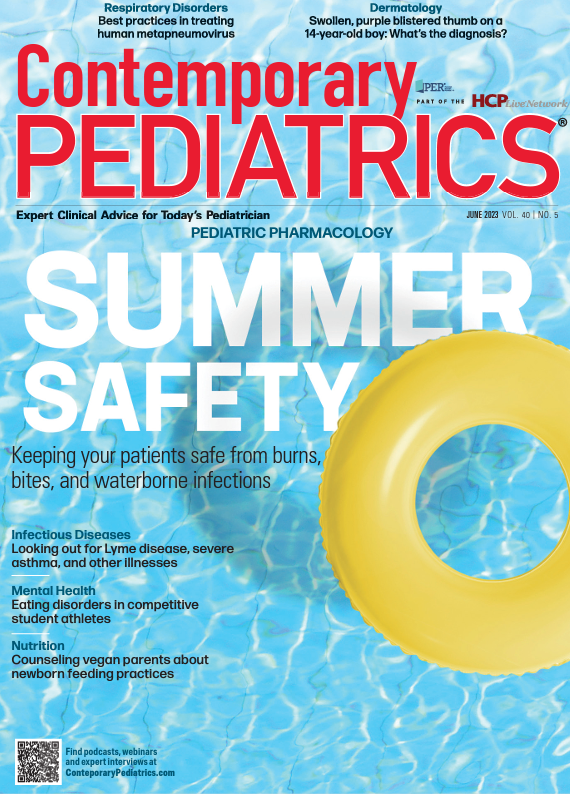How can we decrease distress during facial laceration repair?
"I am impressed with how far we have come in being able to suture much more humanely and in how well so many of these youngsters did without sedation," said Jon Matthew Farber, MD.
How can we decrease distress during facial laceration repair? | Image Credit: Contemporary Pediatrics®

To lower the risk that patients will experience pain and distress during repair of facial or scalp lacerations, clinicians should prioritize using expert-level clinicians for wound closure and ensure effective application of lidocaine-epinephrine-tetracaine (LET). Avoiding restraints and concealing needles from view also mitigates patient fear and discomfort.
These were the findings of a study of 258 procedures in children aged 1 to 5 years who underwent facial or scalp laceration repair in pediatric emergency departments. Two-thirds of the children aged 3 to 5 years underwent laceration repair without restraint, sedation, or anxiolytics; patients aged 1 year were more likely to experience distress than their older counterparts.
In arriving at these results, investigators made video recordings of each procedure and used the FLACC-r scale (Faces, Legs, Activity, Cry, Consolability-Revised) to document patient pain scores at 15-second intervals. Clinicians also rated their own proficiency in wound care and noted whether the LET was effective in numbing the wound and if the patient saw a needle during the procedure.
THOUGHTS FROM DR FARBER:
I was trained before we had LET (or ketamine or glue), and restraining children was the order of the day. I am impressed with how far we have come in being able to suture much more humanely and in how well so many of these youngsters did without sedation.
Click here to read more from the June, 2023 issue of Contemporary Pediatrics®.
Reference:
Scribner-O’Pray M, Taylor ED, Krause E, Nickel A, Bergmann KR. Factors associated with low procedural pain scores among 1- to 5-year-old patients undergoing facial laceration repair. Pediatr Emerg Care. 2023;39(3):135-141. doi:10.1097/PEC.0000000000002744
